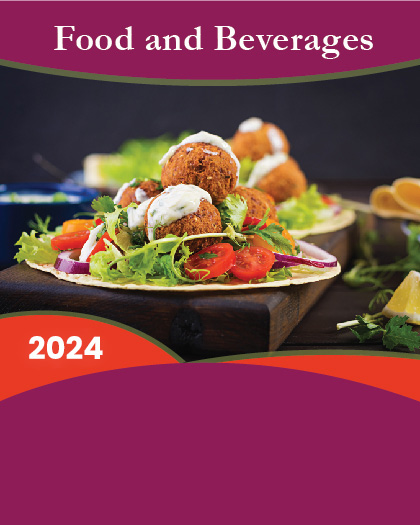
The Organic Food market revenue was xx.xx Million USD in 2014, grew to xx.xx Million USD in 2018, and will reach xx.xx Million USD in 2024, with a CAGR of x.x% during 2019-2024. Based on the Organic Food industrial chain, this report mainly elaborates the definition, types, applications and major players of Organic Food market in details. Deep analysis about market status (2014-2019), enterprise competition pattern, advantages and disadvantages of enterprise products, industry development trends (2019-2024), regional industrial layout characteristics and macroeconomic policies, industrial policy has also be included. From raw materials to downstream buyers of this industry will be analyzed scientifically, the feature of product circulation and sales channel will be presented as well. In a word, this report will help you to establish a panorama of industrial development and characteristics of the Organic Food market.
The Organic Food market can be split based on product types, major applications, and important regions.
Major Players in Organic Food market are:
Pristine Organics
Gayatri Organic Foods
Morarka Organic Foods
Ecofarms(India)
Organic India
Suminter India Organics
Conscious Food
Navdanya Foods
Fabindia Overseas
Sresta Natural Bioproducts
Major Regions that plays a vital role in Organic Food market are:
North America
Europe
China
Japan
Middle East & Africa
India
South America
Others
Most important types of Organic Food products covered in this report are:
Organic Milk Food
Organic Meat Food
Organic Vegetable Food
Organic Fruit Food
Most widely used downstream fields of Organic Food market covered in this report are:
Food Industry
Pharmaceutical Intermediates
There are 13 Chapters to thoroughly display the Organic Food market. This report included the analysis of market overview, market characteristics, industry chain, competition landscape, historical and future data by types, applications and regions.
Chapter 1: Organic Food Market Overview, Product Overview, Market Segmentation, Market Overview of Regions, Market Dynamics, Limitations, Opportunities and Industry News and Policies.
Chapter 2: Organic Food Industry Chain Analysis, Upstream Raw Material Suppliers, Major Players, Production Process Analysis, Cost Analysis, Market Channels and Major Downstream Buyers.
Chapter 3: Value Analysis, Production, Growth Rate and Price Analysis by Type of Organic Food.
Chapter 4: Downstream Characteristics, Consumption and Market Share by Application of Organic Food.
Chapter 5: Production Volume, Price, Gross Margin, and Revenue ($) of Organic Food by Regions (2014-2019).
Chapter 6: Organic Food Production, Consumption, Export and Import by Regions (2014-2019).
Chapter 7: Organic Food Market Status and SWOT Analysis by Regions.
Chapter 8: Competitive Landscape, Product Introduction, Company Profiles, Market Distribution Status by Players of Organic Food.
Chapter 9: Organic Food Market Analysis and Forecast by Type and Application (2019-2024).
Chapter 10: Market Analysis and Forecast by Regions (2019-2024).
Chapter 11: Industry Characteristics, Key Factors, New Entrants SWOT Analysis, Investment Feasibility Analysis.
Chapter 12: Market Conclusion of the Whole Report.
Chapter 13: Appendix Such as Methodology and Data Resources of This Research.
























